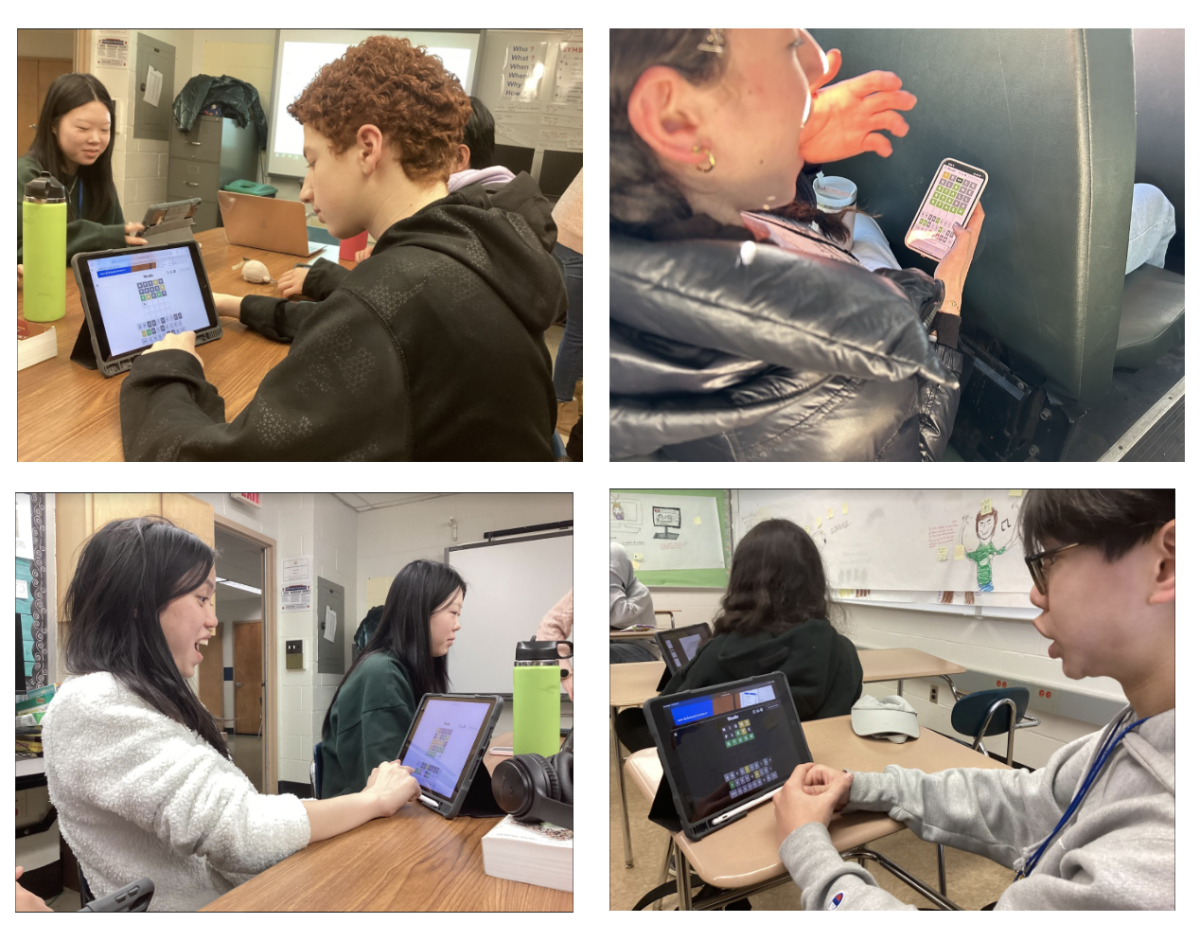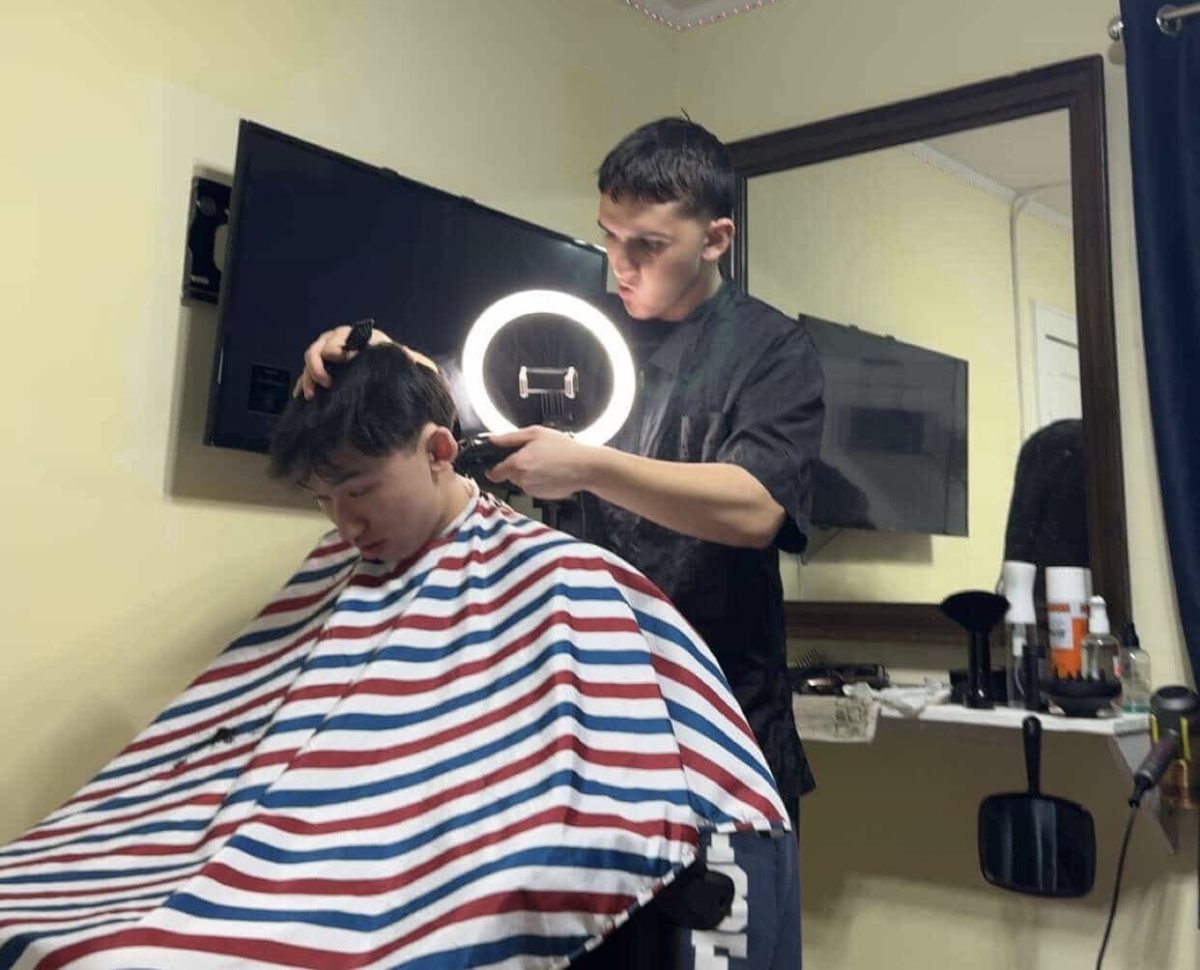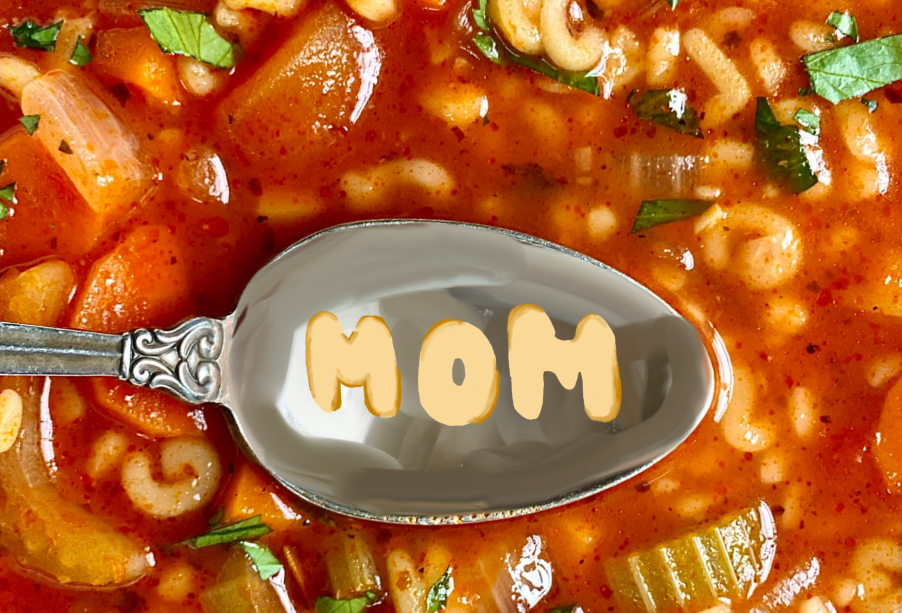In October of 2021, Welsh software engineer Josh Wardle launched a new brain teaser logic game, “Wordle,” to the World Wide Web. A relatively simple yet captivating concept, the game required players to guess a five-letter word in six guesses utilizing clues based on green, yellow, and black squares. One month later, on November 1, 2021, the game had amassed ninety digital citizens. By January 2, 2022, this figure had reached 200,000, skyrocketing to 2 million users just a week later. In the blink of an eye, the once humble game of “Wordle” had broken records, dominating Google search trends and reshaping the routines of thousands of Americans. And with a seven-figure purchase from the New York Times, tens of millions of users flocked to the Times’ puzzle section by March of 2022 to see what all the hubbub was about. In just under two years, the “Wordle” had captured the hearts and minds of millions, branding itself as a keystone of our daily routines. With its stupefying climb to success, a new trend emerged from the depths of our screens to take over our knowledge appetites: brain teaser games.
With Connections (a game in which four groups of four words must be grouped based on various topics), The Mini (Crossword), Letter Boxed (a game in which a box of letters must be used to form words in a specific order), Spelling Bee (a game in which seven letters, including a mandatory character, must be used to form various words) and the notorious Wordle, the New York Times games section amassed over 10 million subscribers by November of 2023 and expects to increase this number to 15 million by the end of 2027, with many people buying a Times subscription via their Games product, according to Times chief product officer Alex Hardiman. With all of this newfound popularity, one question has become glaringly apparent: what was the cause for this unprecedented shot to global virality?
The digital zeitgeist surrounding these games reflects an American tradition that dates back to 1760 with the introduction of jigsaw puzzles into the American cultural landscape. Almost two hundred years later, in 1942, the New York Times introduced their groundbreaking Crossword puzzle, which quickly integrated itself into mainstream America, cementing itself as an epicenter of intellectual stimulation for the daily reader of the morning paper. Taking all of this into consideration, it is no wonder that word and logic games popularized by one of America’s oldest and most prized intellectual institutions have amassed such astounding yet instant fame. With the ubiquitous noise of social media in our ever-changing world, these playful spins on words gained significant traction as the captivating games stumped influencers and users alike. Through social media apps such as TikTok, users quickly began to post videos worshipping the games, mesmerized by the jumbles of letters and words they raced to unscramble daily.
Whether you rush to the New York Times website immediately upon awakening to play the newest version of The Mini, Wordle, or Connections, or if you couldn’t care less about clutters of letters and words, you must admit that this growing popularity is real and here to stay. And if you happen to be in the shrinking minority of late adopters, you may want to consider hopping on the bandwagon—and not simply to keep up with the trend. Along with a riveting gaming session, these trending games may actually offer players a brainfood buffet of possible benefits. While the feeling of finally conquering a word game or brain twister can certainly boost the spirit, it is actually the headache you get while racking your brain for clues, answers, or words that brings your brain the cognitive superfood that can be obtained from just a bit of play. In a 2021 study conducted by researchers across various universities, it was found that after participating in brain teaser games, volunteers experienced improved mental health and increased attention. Additionally, the results of a brainwave analysis showed that attention levels experienced a significant increase after a brain twister session.
These findings are part of a large body of research that indicates various unseen benefits of regular gaming. According to the Washington Post, a study published in the New England Journal of Medicine demonstrated that regularly attempting a crossword puzzle may help to slow decline in individuals who may have mild cognitive impairment, an early stage of faltering memory that can sometimes progress to dementia. Key findings, including cognitive decline scores, functional skills, and brain volume changes, all led the researchers to one conclusion: that regular gamers fared better than those who did not.
In addition to cognitive benefits, the inherent interconnectedness of the internet has allowed these games to skyrocket in popularity. But they’ve also created something newer in their wake: a social hub. With the big boom of logic puzzles in the first half of this decade, history once again repeats itself. From classic board games such as Monopoly, Sorry, Rummikub, and Scrabble, to more modern video games such as Call of Duty, Fortnite, Roblox, and Minecraft, game lovers across time have continually flocked to games as cornerstones of social interaction as well as treats for their intellect. These crucial connections are only amplified by the internet: with the easy ability to share scores, players can bond over something as simple as a word game. Grandparents can play with grandchildren, friends can play at lunch, and digital citizens can share their love of play with the world through a single post, introducing a social, mentally healthy aspect to these New York Times brain twisters. After all, humans have evolved to be social creatures, and even in a technological era in which many of us are often locked into our screens, a few electronic brain boosters have unexpectedly used the very thing that has kept some of us apart to bring many of us together.
Sophomore Jessica Tamari has even witnessed this newfound social interconnection manifest at South High. “I see at least fifteen classmates playing New York Times games per day, whether it’s during classes, during lunch, or in the hallway. I have friends I play with in my classes daily!” Tamari says. Although South High’s student culture is well-known for our hardworking, diligent students who are constantly raising the bar for us all, just a few games have managed to unite our student body like the old blacktop at elementary school recess. “I often talk to my friends about the New York Times games, especially when there’s one I found especially challenging or funny. It’s a common topic in my gym class when my friends and I work together to complete a Connections, Wordle, or Mini.”
Technology and social media opponents constantly debate the very real downsides, including some of the harmful effects on Generation Z, dubbed the “iGeneration” or “digital natives” by many demographers. However, through something as simple as a mini crossword puzzle, our screens can sources of community and knowledge among students.
“I definitely think NYT games are becoming an important social aspect of our school,” Tamari added. “Just this morning, I looked up from my iPad to see five other students in class also playing the New York Times games. It’s nice to know they’re an easy way to reach out to other students, especially with the features allowing you to share your score on certain games. It’s easy to reach out to a friend you know who plays them, just by saying, ‘Hey, did you see the Connections today?’ It’s a great conversation starter.”
In just under two years, the New York Times has managed to become one of the principal modes of 21st-century play and brain-building. With their engaging suite of games, they have not only breathed new life into the brain teaser, but they have also allowed us to have some healthy, bringing all of us, old and young, a few unseen cognitive benefits that we will be thankful for as we age.
“Everyone should try playing the New York Times games,” says Tamari. “Not only are they a way for students to connect and laugh with their peers, but they can also be a tough mental challenge to prepare you for the day ahead.”







